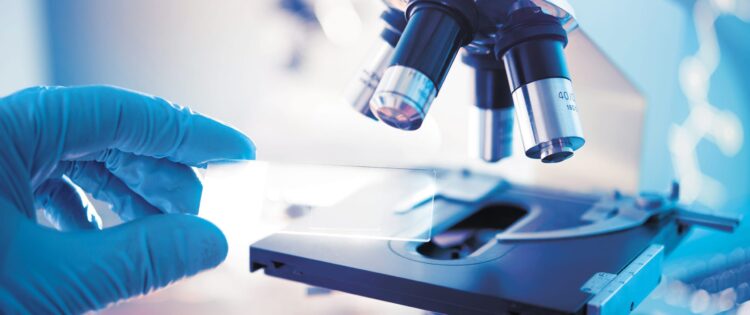
Microbiological tests are a type of test used to detect the presence of microorganisms in a sample. These tests can be used to identify pathogens, determine the level of contamination in a sample, and monitor the effectiveness of sterilization or disinfection procedures. Some of the most common microbiological test methods include:

Culture-based methods are some of the most commonly used. It can use several different culture-based methods; each has advantages and disadvantages.
Culture-based methods involve growing bacteria in a controlled environment and testing them for specific characteristics. It can help to identify bacteria that may be present in a sample and determine if they are harmful.
Several culture-based methods can be used, each with its advantages and disadvantages. Some of the most common culture-based methods include:
– Plate Counting: This method involves growing bacteria on agar plates and then counting the number of colonies that develop. This method is relatively simple and quick but can be less accurate than other methods.
– Most Probable Number (MPN): The MPN method involves growing bacteria in a series of tubes and then testing the tubes for the presence of bacteria. This method is more time-consuming than plate counting but can be more accurate.
– Enzyme-Linked Immunosorbent Assay (ELISA): ELISA is a method that uses antibodies to detect the presence of bacteria. This method is quick and relatively easy to use but can be less accurate than other methods.
Immunoassays are a kind of microbiological test that uses antibodies to identify whether specific antibodies are present within the sample. The antibodies are proteins that can bind specific antigens. They can be used to detect the presence of antigens in the sample. The use of immunoassays is to identify a variety of antigens, such as hormones, proteins, as well as bacteria.
However, they can also be non-specific, meaning that they can bind to different molecules or proteins within the sample. They are usually used in conjunction with other tests, like PCR as well as DNA sequencing to validate the results
Nucleic acid-based tests (NABTs) are a type of microbiological test that uses nucleic acids (DNA or RNA) to detect the presence of microorganisms. NABTs are highly sensitive and specific and can be used to identify a wide range of microorganisms, including bacteria, viruses, and fungi. They are often used to diagnose infections and monitor the spread of diseases.
NABTs has several advantages over other types of microbiological tests. NABTs is typically performed using one of two methods: polymerase chain reaction (PCR) or loop-mediated isothermal amplification (LAMP). PCR is a susceptible and specific method for amplifying nucleic acids. LAMP is a less sensitive but more rapid method for amplifying nucleic acids.
NABTs have several potential applications in the food industry. They can use them to detect foodborne pathogens, monitor food products’ safety, and verify food ingredients’ identity. NABTs are also being developed in other industries, such as the pharmaceutical industry, where they can detect and identify microorganisms in raw materials and finished products.
No single microbiological test method is perfect, and the best way to detect microorganisms in a sample often depends on the specific situation. Multiple test methods should be used to get the most accurate results.
Read here about food analysis-general introduction.